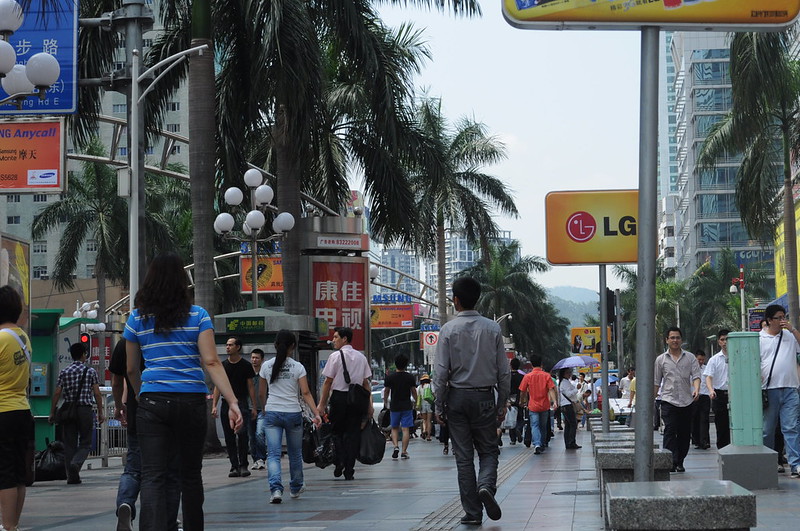China plans to spur growth amidst a global economic downturn by building smart cities
This smart city in Shenzhen, China will be equipped with sensors and cameras that can crunch data on traffic and pollution so the city can adapt to the needs of its citizens. It will also incorporate nature-based features to reduce the impacts of climate change, making the neighborhood a more comfortable place to live.
C
hinese tech giant Tencent is creating a “smart city” that utilises technology to put people and the environment first, a model that could be applied to other urban developments after the coronavirus, the project’s architect said on Wednesday.
Net City will be a 2 million square metre (21.5 million square feet) neighbourhood in the southeastern city of Shenzhen, comprising Tencent offices and residences for its employees, as well as public amenities such as parks and a waterfront area.
With fewer streets for cars, “green” garden roofs on buildings and the use of artificial intelligence, Net City is a model for the “future of city building”, said Jonathan Ward, a design partner at NBBJ, a United States-based architecture firm.
“This moment reinforces the need to think about designing spaces, buildings and cities that are restorative … plentiful indoor-outdoor spaces which are good for overall human health, perhaps even more so during a pandemic,” Ward said.
Construction of Net City is scheduled to begin later this year.
It will prioritise sustainability by “reducing car use, increasing planning strategies around the needs of people, allowing greater public access, and with increased environmental conservation”, he added.
More than 500 smart cities are being built across China, according to government data, equipped with sensors, cameras, and other gadgets that can crunch data on everything from traffic and pollution, to public health and security.
Net City will use technologies such as artificial intelligence (AI) and autonomous vehicles, said Ward. Mangroves and other nature-based features will help mitigate the impacts of climate change, he added.

Net City will be a 2 million square metre neighbourhood in the southeastern city of Shenzhen. Photo by tomislav domes/ Flickr
Smart cities are a part of China’s plan to spur growth amidst a global economic downturn, authorities said in March.
But the use of technologies such as AI in China and elsewhere have also raised concerns about data privacy and surveillance, including during the pandemic.
Last month, Alphabet’s Sidewalk Labs canned its Toronto smart city project that had envisioned sensors feeding data to AI-enabled computers to manage traffic and drainage systems. Alphabet is the parent company of Google.
The project had long faced opposition over issues including data privacy and the influence of big technology companies in city planning.
But in China, where smart cities rely on the government’s dominant role in urban planning and budgeting, the general public has less say, said Xu Chengwei, a public-policy researcher at the Singapore Management University.
“China’s smart city initiatives are not driven primarily by market demand, but by political and technological ambition,” he told the Thomson Reuters Foundation.
“Smart cities will continue to be the core of city planning, and tech giants’ involvement will continue,” he said.
In China and elsewhere, given the need to track and monitor the coronavirus pandemic, technology will not be “any less ubiquitous or any more democratised”, said Kris Hartley, an assistant professor at the Education University of Hong Kong.
“The narrative around COVID-19 recovery and resilience is likely to be shaped around urbanism in some way. So there may well be an increase in purpose-built towns as demonstration projects or test-bed experiments,” he said.
“Technology will shape the post-COVID-19 world,” he added.
The ideas presented in this article aim to inspire adaptation action – they are the views of the author and do not necessarily reflect those of the Global Center on Adaptation.